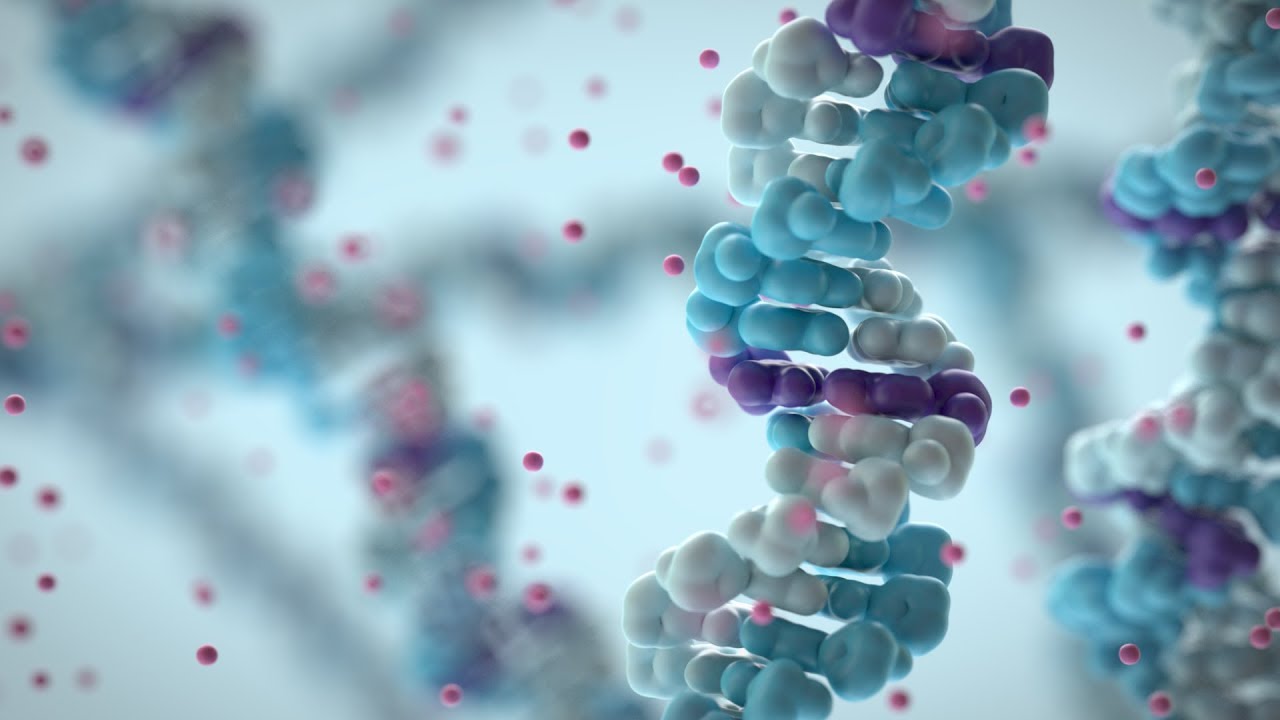
How Do You Know If Your Cancer Treatment Is Working?

After you're diagnosed with cancer, your doctor will choose treatments that have the best chance of curing your disease. But everyone is different. So how will your doctor track how well your treatment works?
Cancer is often deep inside your body. If it shrinks or grows, you won't be able to see or feel it. So your doctor will do tests every few months or so during your treatment.
These tests can see where the cancer is in your body and whether it has grown, stayed the same size, or gotten smaller. Based on your test results, your doctor can decide whether to keep you on your current treatment or try something else.
What Does Your Treatment Response Mean?
Your doctor might use one of these words to describe how your cancer acts after treatment.
A partial response or partial remission means your tumor shrank by at least 50%, but it's still there.
A complete response or complete remission means your cancer can't be measured on any test. This may - but doesn't always - mean you're cured. You can still have cancer that's too small for tests to find.
Stable means your cancer has stayed the same. It hasn't gotten worse or better.
Progression means your cancer has grown or spread. You may need to switch treatments to control it.
Tests to Check Your Treatment Response
You'll see your oncologist, the doctor who treats your cancer, for regular follow-up exams. These visits may continue for many months or years after your treatment ends.
Your doctor will check you at each visit to see if your cancer has come back or spread. You'll also be monitored for any long-term side effects of your treatment.
A few tests can help your doctor see whether your cancer treatment is working. Some of these tests are the same ones that helped to diagnose your cancer.
Blood tests. These tests check for levels of different substances in your blood -- like enzymes or proteins -- that cancer cells or your organs release when the tumor grows.
Tumor markers. Tumors release proteins, enzymes, and other chemicals as they grow. Your doctor can test your blood, urine, or tissues for these substances to see if your cancer has progressed.
X-ray. This test uses low doses of radiation to make images of structures in your body. An X-ray can show where cancer cells are in your body, and whether the cancer has spread to your bones.
CT, or computed tomography. This test uses a powerful X-ray to make detailed pictures. It can show where the cancer is in your body.
MRI, or magnetic resonance imaging. An MRI uses powerful magnets and radio waves to make pictures of your organs and other structures. It can show where the cancer is in your body.
PET, or positron emission tomography. In this test, you get a radioactive substance that cancer cells in your body absorb. This substance makes the cancer show up on the image. If your treatment is working, there should be fewer highlighted areas on the picture.
Mammogram. This test uses low-energy X-rays to look for cancer in the breasts.
Which tests you get and how often you get them will depend on the type of cancer and treatment you have.
What to Keep in Mind
Not all cancer treatments work at the same speed. Surgery removes all or most of the cancer at one time, but it can take weeks or months after you get radiation for all of the cancer cells to die.
Everyone responds differently to cancer treatment, but your doctor will make every effort to get rid of as many cancer cells as possible.
If you have an operation as part of your treatment, your surgeon will take out some of the healthy tissue around your tumor to make sure no cancer cells are left behind. This is called the margin. The surgeon may also remove some lymph nodes near the cancer. The lymph nodes can show whether your cancer has spread and if you need more treatment. You may also have blood and imaging tests to see if you still have any cancer left in your body.
After treatments like chemotherapy, radiation, immunotherapy, and targeted therapy, your doctor will examine you for any new growths. You'll also get blood tests, X-rays, and other imaging tests. These tests will measure your tumor and see if your treatment has slowed or stopped your cancer.
Signs to Check On
Symptoms like these can signal that your cancer has come back or spread after treatment:
A new or growing lump under your skin
Pain that doesn't improve or gets worse
Pain in your bones or joints, or broken bones - signs that the cancer has spread to your bones
Headaches, seizures, dizziness, confusion, or vision changes - signs that the cancer has spread to your brain
Coughing, shortness of breath, or trouble breathing - signs that the cancer has spread to your lungs
Belly pain, itching, yellow eyes or skin - signs that the cancer has spread to your liver
Weight loss
Nausea or vomiting
Fever that doesn't go away
Some of these symptoms could be side effects of your cancer treatment. To find out for sure whether your cancer has grown, see your doctor for an exam.











